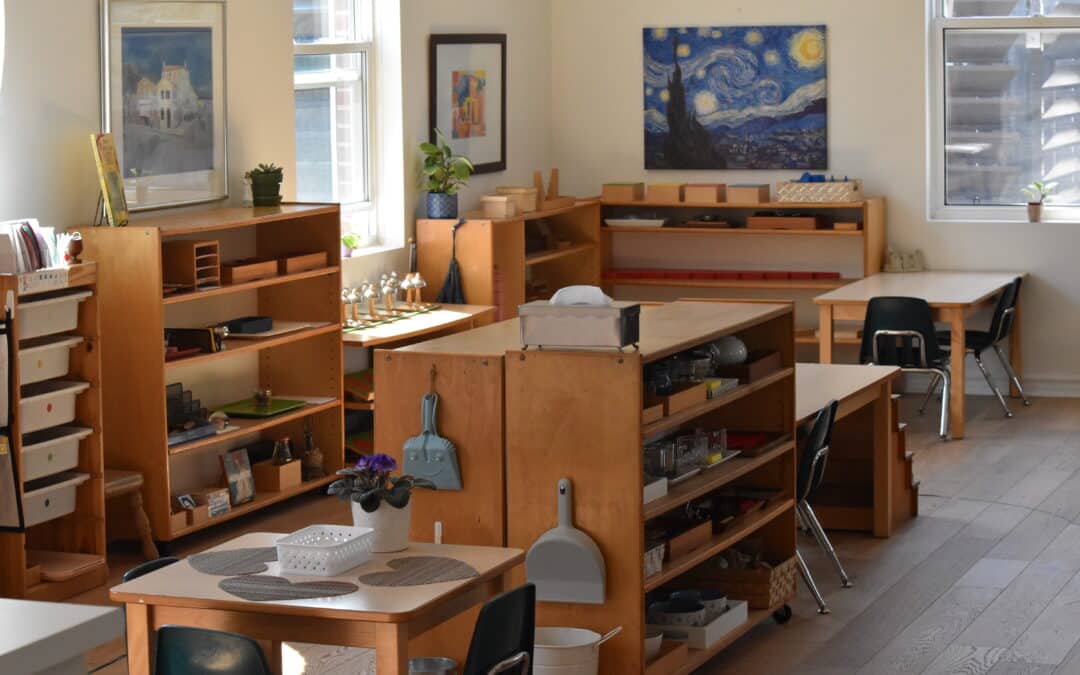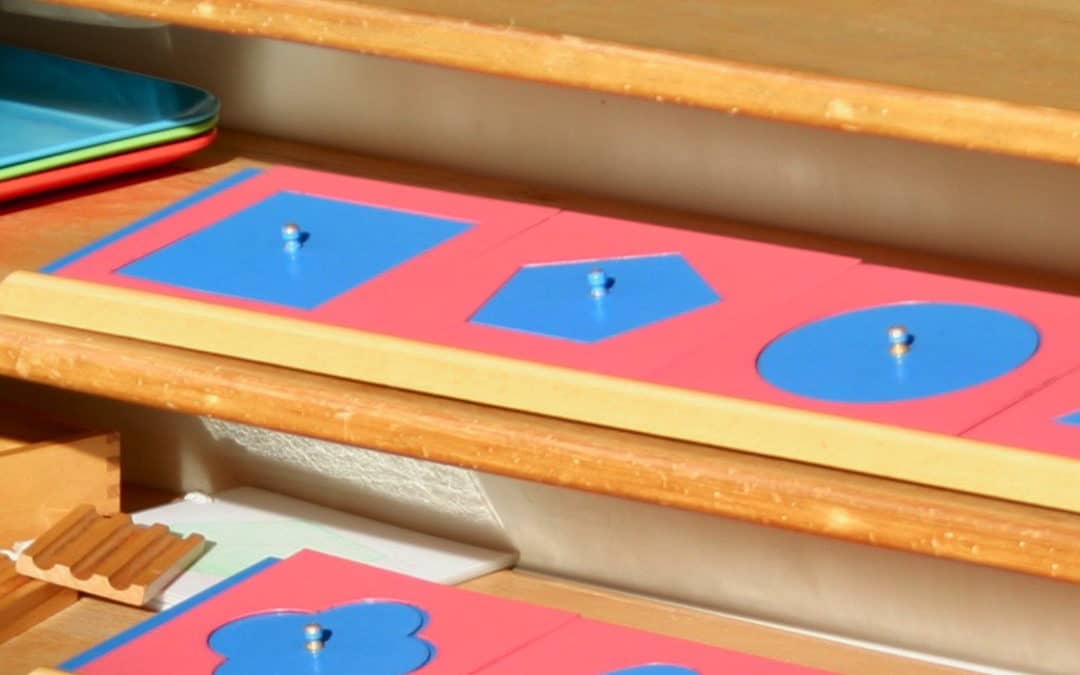
by Anne Mercer | Jan 9, 2024 | Montessori Education
A Journey to Freedom Through Montessori Education Samantha Osterback Department of Nursing, University of Western Ontario From a young age, I learned that responsibility is the fundamental path leading to freedom. Growing older, I recognize that it is more than a...

by clanmoresandbox_6ch50i | Nov 7, 2018 | Montessori Education
On metal insets, control of the hand, design and creativity (and Anne Frank too) “To confer the gift of drawing, we must create an eye that sees, a hand that obeys, a soul that feels; and in this task, the whole life must cooperate. In this sense, life itself is the...




